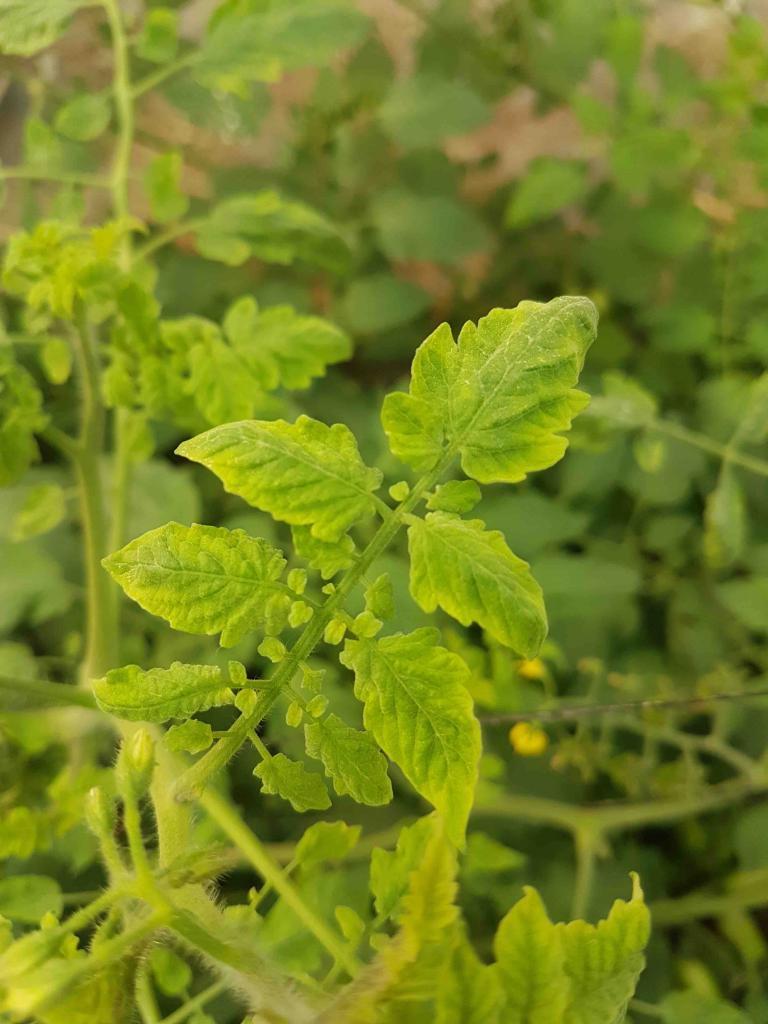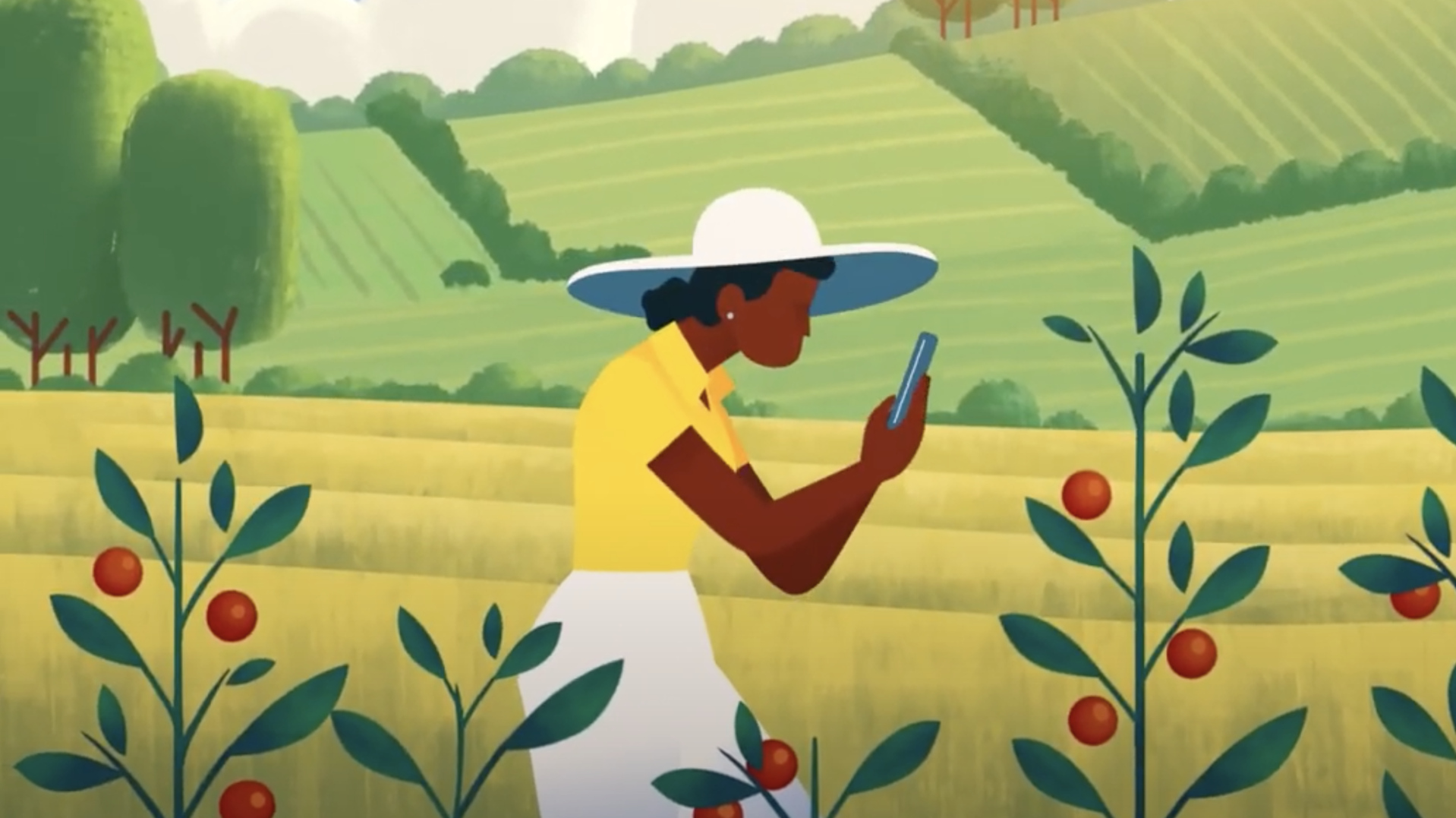An app to identify plant diseases and diagnose plant problems
Visual inspection plays an important role in diagnosing plant problems, as a lab test is not a practical tool for a day-to-day diagnosis. Due to costs and turnover time, growers are making decisions based on the symptoms that can be seen on plants. Plant inspection is time-consuming, and it often leaves growers with doubts. Crop advisors are there to support the growers with their decisions and make sure that errors are minimized. But what if such assistance is not available? Luckily technology can come to the rescue. An artificial intelligence-based app to identify plant diseases became possible thanks to the big leap in performance engineered by the artificial intelligence research community.
In recent years, software products can complete vision-based tasks with expert accuracy. Why not apply this technology to agronomy advisory then? The widespread use of mobile devices makes this question even more relevant as such devices made it possible to distribute a solution on a large scale and help growers diagnose plant problems.
Agrio is an Android and iOS application developed to do just that. It helps growers to manage plant protection more sustainably as disease identification is a crucial component in the plant protection routine.
The app is valuable to large and diverse audiences. Aside from farmers and crop advisors, home growers seeking professional advice are a large part of the user base. They leverage the disease identification feature for their needs. This is aligned with a growing trend of millennials that use technology to help grow food in their homes. In addition, Agrio suggests biological and organic treatments as part of the integrated pest management protocols, making it even more relevant for gardeners and home growers.

An App that identifies plant diseases and saves time
When scouting the field, Agrio diagnoses plant problems and provides instant identification that saves the need to waste time on identifying the problems and recording the results. Moreover, the recorded images can be inspected by others and used as a reference in the future. Growers that find it difficult to obtain accurate diagnosis use the tool as an assistant or as a way to receive a second opinion when there are doubts. This is especially important when other sources of advice are unavailable, such as in countries in which the ratio of the number of growers to agronomists is very high.

Why is it essential to diagnose plant problems in a precise way?
Every pathogen or insect will require a different treatment. In addition, pathogens can develop resistance to some treatments in some geographics; this information should be considered when treatment is advised.
When the problems are already observed in the plot, exact identification can help prevent spread. The strategy on which measures should be applied depends on the precise identification of the cause.
When it comes to prevention, growers should consider the implications for the following seasons. Crop rotation or soil treatment might be advised when the pest is expected to survive in the soil or plant debris. In the case of a viral disease, it might be advised to plant virus-resistant varieties in the following seasons once the virus has been identified in the region. Other factors that require soil preparation before planting are saline soil, wrong soil pH, presence of nematodes, and more. In all the examples above, exact identification of the problem must be obtained to prevent future losses.
How does artificial intelligence identify plant diseases?
State-of-the-art image recognition is based on the concept of artificial neural networks. Similar to how agronomy students learn, the neural network is presented with examples of diseased plants that were tagged by experts. In the learning process, the network of neurons adapts until it maximizes the performance score. The result is an app that identifies plant diseases and constantly improves as more examples are presented. Based on the growers’ feedback and observations done in the fields, Agrio learns which treatment protocols are more effective. A treatment that was not effective signals a possible problem with the identification and provides more input for the network to improve.
Symptoms of different diseases might seem similar, how Agrio can tell the difference?
The symptoms observed on the different plant parts and information on the geography and weather help us differentiate between problems. Similar to the process of medical diagnosis, the app will present questions to the growers that help arrive at the correct diagnosis in case the information in the images is insufficient.
Why satellites and other remote sensing devices are not enough when it comes to the exact diagnosis of plant problems?
Remote sensing is helpful when growers want to pinpoint the exact locations where problems started. But cameras mounted on drones or other machinery will see just a subset of the symptoms. Often, the symptoms seen on the foliage are secondary; the actual problem can be with the internal tissues in the stems or roots. The app instructs the grower on what interventions are needed in order to expose the root cause. In this sense, there is no good alternative yet to boots on the ground.
Can Agrio learn to identify plant diseases it didn’t see before?
The app is constantly learning. When users upload images that cannot be identified by artificial intelligence, there is an option to share the photos with human experts. The correspondence between the grower and experts is used by artificial intelligence to learn. As a result, Agrio can apply skills that were learned before to master new plants faster.
What did Agrio learn to identify so far?
Diseases and insect pests are the majority of problems we deal with. But many other abiotic stressors were learned, such as nutrient deficiencies, toxicities, environmental factors such as wind and hail, and many more. The ability to distinguish between biotic and abiotic stress is important and can save unrequired pesticide applications.
What are the uses of such technology in the futuristic farm?
In the future, computer vision technology will be essential in autonomous farms. In such setups, automatic disease identification will be crucial.
Summary
Agrio is an app that identifies plant diseases and serves as a personal agronomist that can be carried in the pocket. We make a ground-breaking plant protection support system available to any grower with a smartphone. Join us today and take part in this exciting journey.
